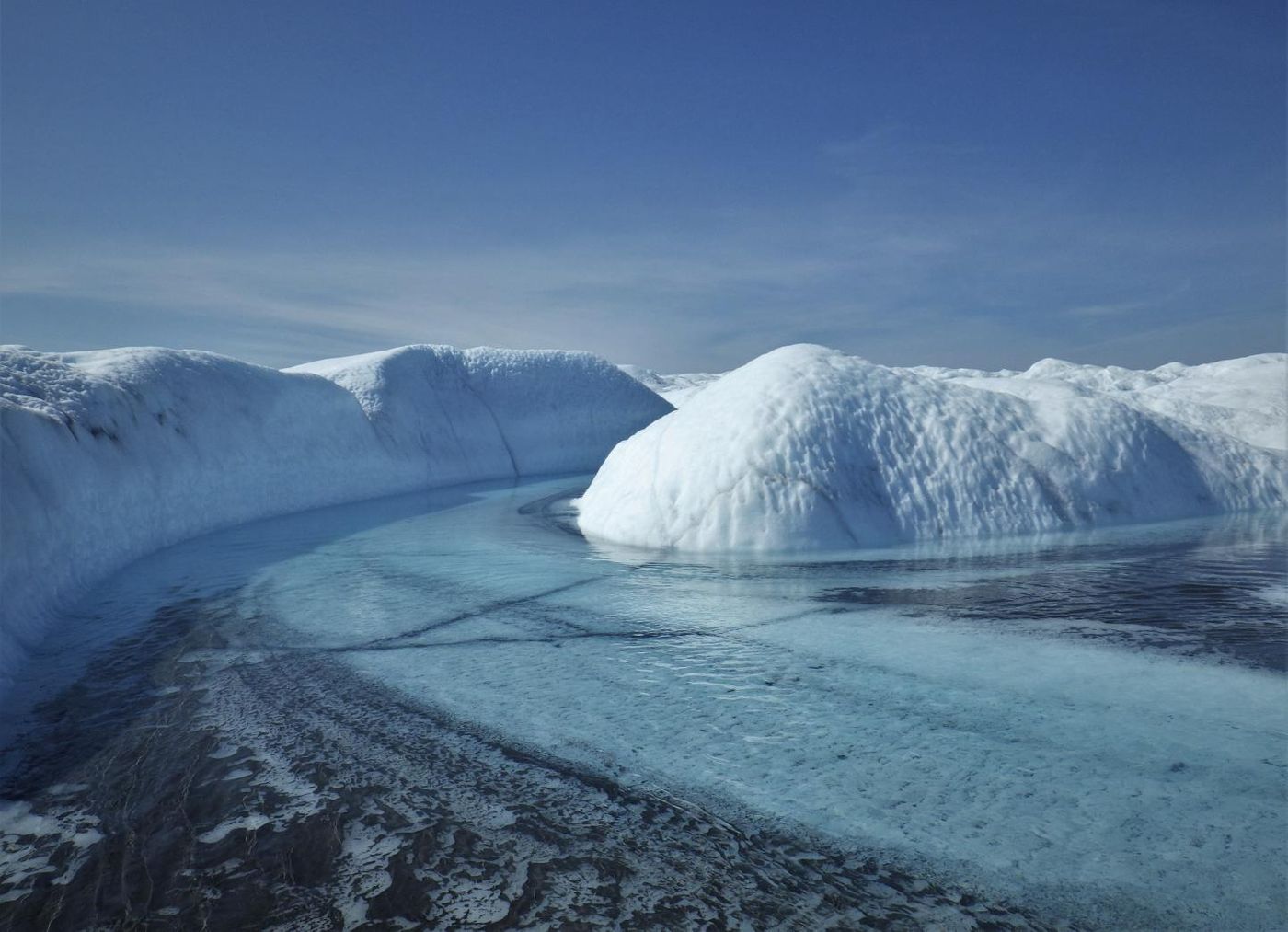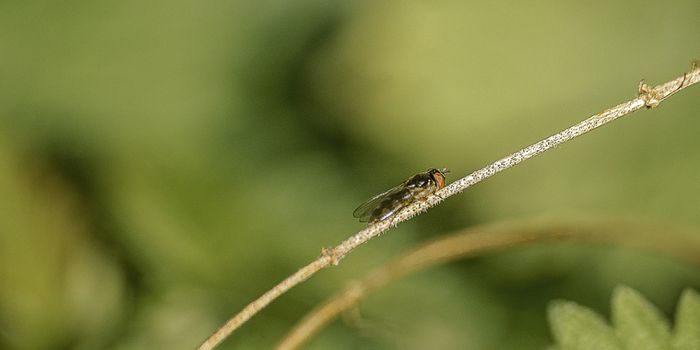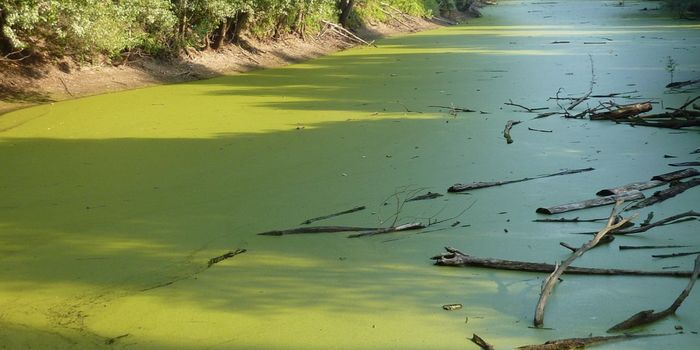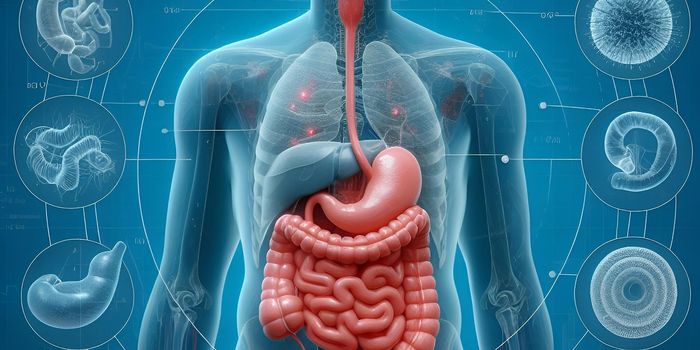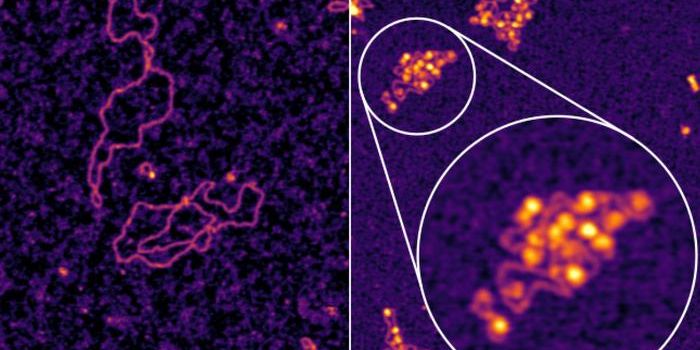Bacteria in Sediment is Likely Accelerating Greenland's Meltdown
For decades, scientists have been sounding the alarm about rising carbon dioxide (CO2) levels in our planet's atmosphere, and now we can observe the impact of that unprecedented CO2 increase as temperatures get hotter, especially in the Arctic. Greenland is also experiencing warmer temperatures that are causing its ice sheet to melt at a growing pace.
New research has suggested that bacteria living in the sediment on Greenland's ice sheet are probably also causing it to melt faster. Microbes in the sediment can cause the it to clump together in streams that are formed by meltwater, and these sediment clumps can absorb light and thus, contribute to a cycle of rising temperatures. The findings, which have been reported in Geophysical Research Letters, should be incorporated into climate models to give them greater accuracy in melt predictions, suggested the study authors.
"These streams can be seen all over Greenland and they have a brilliant blue color, which leads to further melting since they absorb more sunlight than the surrounding ice," explained lead author Sasha Leidman, a graduate student in the lab of study co-author Asa K. Rennermalm, an associate professor in the Department of Geography in the School of Arts and Sciences at Rutgers University-New Brunswick.
"This is exacerbated as dark sediment accumulates in these streams, absorbing even more sunlight and causing more melting that may increase sea-level rise."
Sediment in glacial streams on the Greenland ice sheet is often disregarded, but scientists at Rutgers decided to investigate why this sediment accumulates. They took measurements, sent drones over a stream in southwest Greenland, and collected samples during a field study in 2017. They found that up to a quarter of the bottom of the stream was filled with sediment, which was more than hydrological models predicted, and higher than what would be present if the clumping was not triggered by bacteria and organic matter.
"We found that the only way for sediment to accumulate in these streams was if bacteria grew in the sediment, causing it to clump into balls 91 times their original size," Leidman noted. "If bacteria didn't grow in the sediment, all the sediment would be washed away and these streams would absorb significantly less sunlight. This sediment aggregation process has been going on for longer than human history."
Bacteria in streams seem to be affecting how much solar energy they absorb, and additional warming in Greenland could cause more sediment to accumulate, suggested the study authors.
"Decreases in cloud cover and increases in temperature in Greenland are likely causing these bacteria to grow more extensively, causing more sediment-driven melting," Leidman said. "With climate change causing more of the ice sheet to be covered by streams, this feedback may lead to an increase in Greenland's contribution to sea-level rise. By incorporating this process into climate models, we'll be able to more accurately predict how much melting will occur, with the caveat that it is uncertain how much more melting will take place compared with what climate models predict. It will likely not be negligible."
The Greenland ice sheet is three times the size of Texas, covering an area of about 656,000 square miles. If it all melted, it's thought that sea levels would rise by 20 feet.
Sources: AAAS/Eurekalert! via Rutgers University, Geophysical Research Letters
